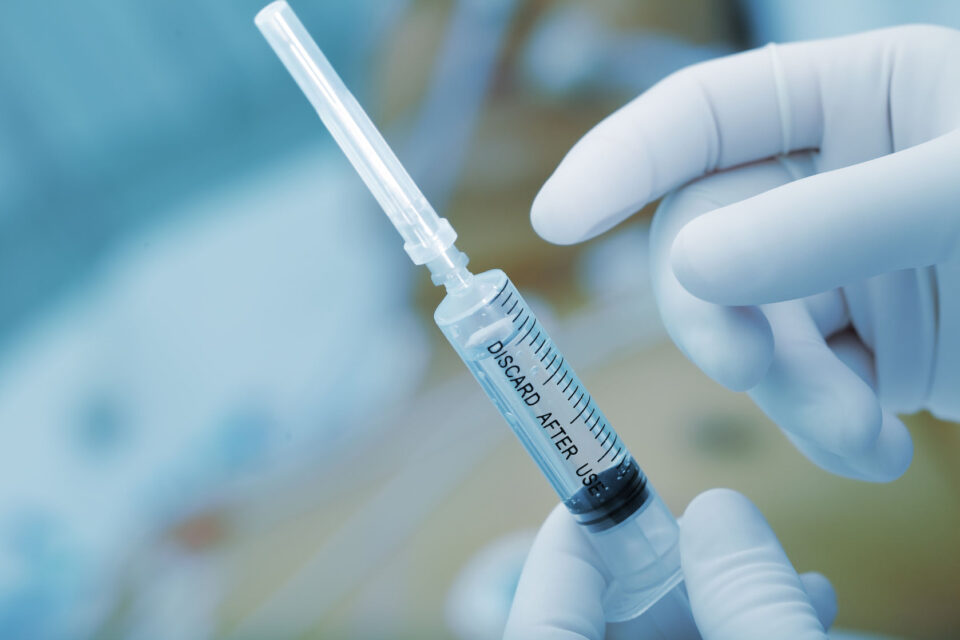Injections into the spine’s facet joints can be used to identify and treat joint pain. Various conditions, including arthritis or injury, can cause the facet joints, which are situated on either side of the vertebrae in the spine, to swell and hurt. Facet joint injections relieve pain and inflammation by injecting a small amount of anesthetic and anti-inflammatory medication directly into the injured joint. Dr. Garen Gajian can use the procedure to diagnose the source of pain and provide long-lasting relief for patients suffering from chronic back or neck pain.
Before undergoing facet joint injections, your doctor will evaluate the patient’s medical history and perform a physical examination to determine if they are a good candidate for the procedure. Your doctor may also order imaging tests, such as X-rays or MRI scans, to help identify the source of the patient’s pain. Your doctor can also explain the procedure, its potential benefits, and risks and answer any questions.
Uses of facet joint injections
Here are the purposes of facet joint injections:
- Diagnosis: One of the primary purposes of facet joint injections is to help diagnose the source of spinal pain. When a patient experiences pain in their back, it can be difficult to pinpoint the exact location of the pain. Facet joint injections can help identify whether the pain is coming from the facet joints or another area of the spine. A small amount of anesthetic is injected into the facet joint during the injection. If the patient experiences significant pain relief, it can be concluded that the facet joint is the source of the pain.
- Pain relief: Facet joint injections can also be used to provide pain relief for patients who suffer from chronic back pain. The injection typically includes a combination of numbing medication and a corticosteroid to reduce inflammation. The numbing medication provides immediate relief, while the corticosteroid reduces inflammation in the joint, which can provide longer-lasting pain relief.
- Reduced inflammation: Facet joint injections can effectively reduce inflammation in the facet joints. Facet joint inflammation can cause significant pain and stiffness in the back. The corticosteroid medication in the injection reduces the joint’s inflammation, which can help alleviate pain and improve mobility.
- Improved function: Patients with chronic back pain often experience a reduced range of motion and difficulty performing daily activities. Facet joint injections can help to improve function by reducing pain and inflammation in the facet joints, allowing patients to move more freely and perform daily activities with less discomfort.
After facet joint injections, patients may experience temporary side effects and must follow specific instructions to ensure a safe and effective recovery. Here’s what happens after facet joint injections:
- Monitoring: Patients are monitored briefly after the procedure to ensure no immediate complications. The healthcare provider may observe the patient’s vital signs and check for any adverse reactions to the injection.
- Pain relief: Patients may experience immediate pain relief due to the numbing medication used in the injection. However, the corticosteroid medication can take several days to start working, so patients may not feel the full effects of the injection until a few days after the procedure.
If you are considering facet joint injections, speak to your doctor at Pain & Anesthesia Care.

